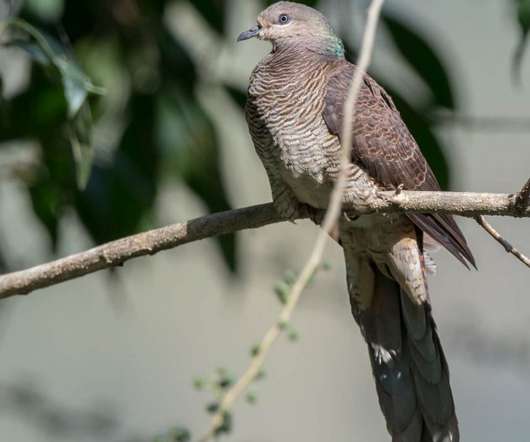Birding Hongbenghe, Yunnan
10,000 Birds
JUNE 23, 2022
The Blue Whistling Thrush is presumably named for its loud human-like whistling, and possibly for being blue. One would think that for a species as common in Europe as the Grey-headed Woodpecker , the HBW would spend some effort to update the species entry. “It is not deep enough yet!












Let's personalize your content